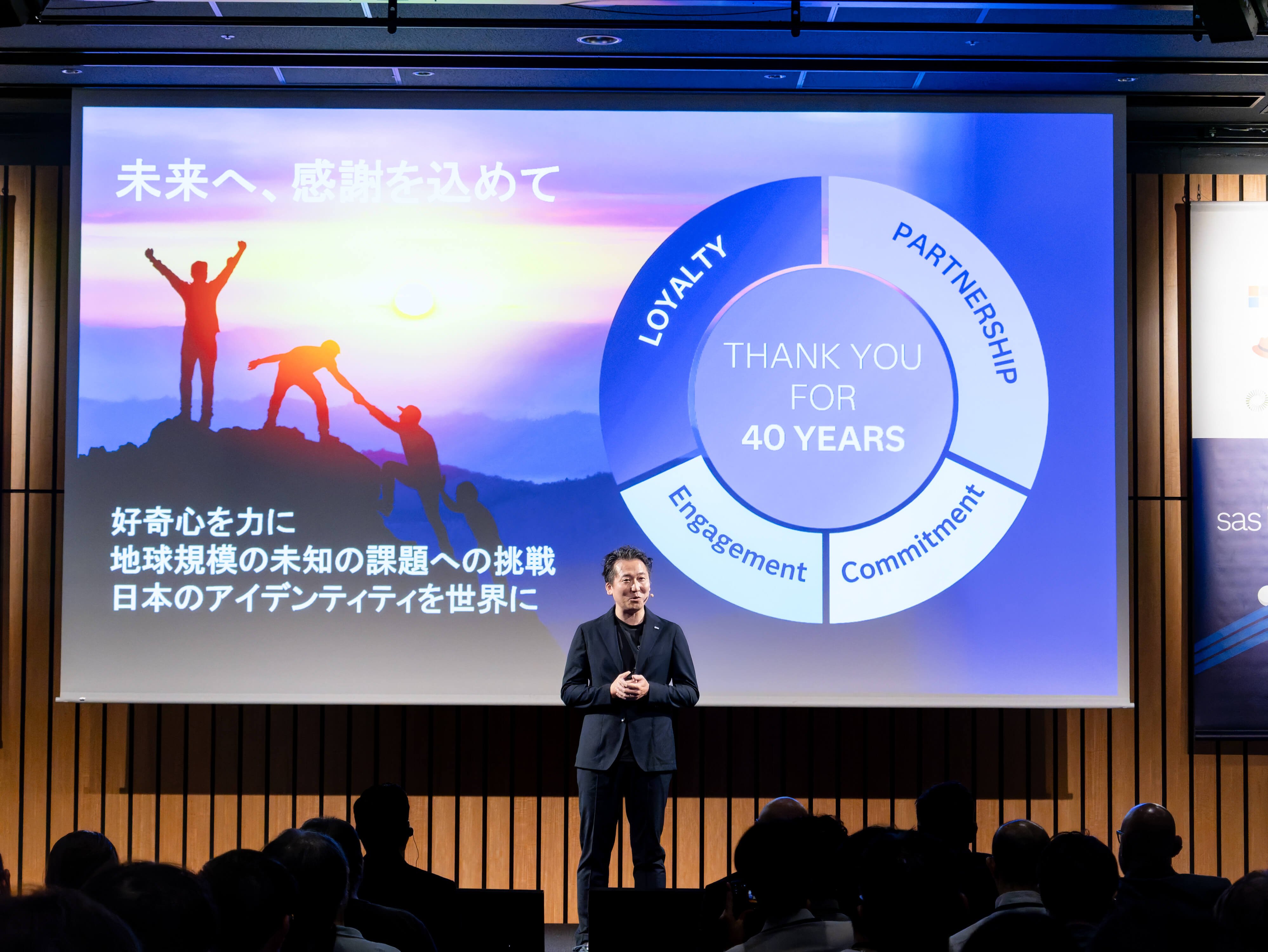In an era long gone by (actually not so long ago) we all interacted with computers via terminals to a mainframe or minicomputer systems. Sometimes, you had to book a slot for when you could access and exploit computer resources. The user was subject to interrupted connections or very poor response times during busy periods. For example, there was a time when, every afternoon, a keypress on a mainframe terminal was followed by a 10-second wait for the letter to show-up on the display!
What followed was the era of "full" client applications on our local machines – we all had the power to do things whenever and wherever we wanted. In this "utopia," we had broken free of the data centers and from control. Naturally, the next phase was the frustration caused by slow performance and by grumblings about access to data. The loss of data, due to failure and lack of proper backups were the final straw.
Client-server computing was the answer - and a good compromise between these two strategies. We still had the local power, but could orchestrate server environments to do work where the data was. We knew that these servers were powerful, and people were responsible for backing up data to prevent losses at the workstation level.
Thin clients were the obviously next step when we realized that the full client applications were largely redundant on the local machines. The thin client offered a richness of interface that could only have been dreamed about in the terminal days and we still had the ability to use them where ever we chose to.
The circle is being completed (almost) as thin clients are being replaced by web clients. Our long suffering IT friends are free of the thin-client maintenance headaches; software developers don't need to create clients to run on many different operating systems. Now, they can concentrate their efforts on functionality rather than unnecessarily broad support.
We, the users, can now use the local machine to richly render an interface to the remote servers where the application logic exists. And the nicest thing is that the local machine can even fit into our pockets!





